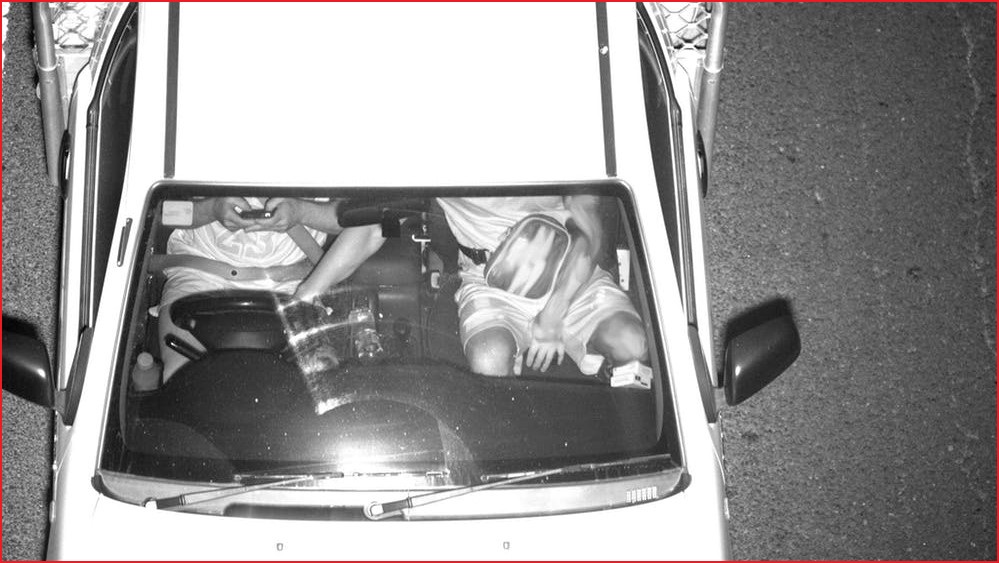Transport for NSW has begun using AI-powered road cameras to detect drivers using their phone while driving.
Roads Minister, Andrew Constance, spoke sternly about the state government’s approach to reducing mobile phone use while driving.
“Some people have not got the message about using their phones legally and safely,” he said.
“If they think they can continue to put the safety of themselves, their passengers and the community at risk without consequence, they are in for a rude shock.”
In a world first, unmarked infrared cameras take photos of passing vehicles which are fed through AI-trained software to recognise images in which the driver is using their phone.
According to Transport NSW, the detected images will then be verified by “appropriately-trained personnel” before a fine is sent out.
The extra layer of oversight will hopefully make this program more feasible than the federal government’s ill-fated robodebt scheme that caused controversy by issuing automated debt notices.
For the first three months of the Mobile Phone Detection Camera Program, the government will send warning letters to offenders, after which time penalties of $344 and five demerit points will apply.
During periods of double demerits, drivers busted using a phone while driving will cost users 10 demerit points. The standard NSW driver has 13 points on their licence. In NSW this holiday season, double demerits will apply during the warning period, from Friday 20 December to Wednesday 1 January.
Executive Director of Transport for NSW’s Centre for Road Safety, Bernard Carlon, said the ultimate goal of the phone detection cameras is to reduce the road toll.
“Independent modelling has shown these cameras could prevent around 100 fatal and serious injury crashes over five years,” he said.
“There is strong community support for more enforcement, with 80 per cent of people surveyed supporting use of detection cameras to stop illegal mobile phone use.”
A pilot program ran earlier this year and detected more than 100,000 drivers illegally using their mobile phones.
The technology for this system was developed by Melbourne-based company Acusensus.
Co-founder and Managing Director of Acusensus, Alexander Jannink, started the company after a friend of his was killed by a driver while allegedly using a mobile phone.
He remains confident that the technology will help stop unnecessary deaths on the road.
"We know from the success of the pilot and other enforcement technology programs that the deployment of the Acusensus Heads-Up solution will drive behavioural change and improve the safety of road users,” Jannink said.
Automated surveillance technology is controversial, in part because of its ubiquity in authoritarian regimes like China.
Data privacy is also a concern especially given that the cameras photograph inside the cabin of cars.
According to the Transport for NSW website, captured images that do not trigger the AI will be “irretrievably deleted, typically within an hour”.
“When a potential offence is detected, images will be pixelated and cropped before the images are adjudicated, prior to a decision being made to issue a penalty notice,” the website says.
“In common with all NSW traffic camera enforcement systems, strict data security measures are included in the scope of requirements for the program.”
Queensland University of Technology researcher, Ian Faulks, aired his concerns about the program prior to its rollout, saying the system could also prove to be unbalanced in the instance of false-positives.
“The legislation will presume an object held by a driver is a phone and place an onus on a driver to prove it isn’t,” Faulks said.
“This may be problematic if the object looks similar to a mobile phone, such as a chocolate bar or wallet.
“Under current enforcement practice for alleged illegal mobile use, police officers must provide evidence the object was a phone.”










